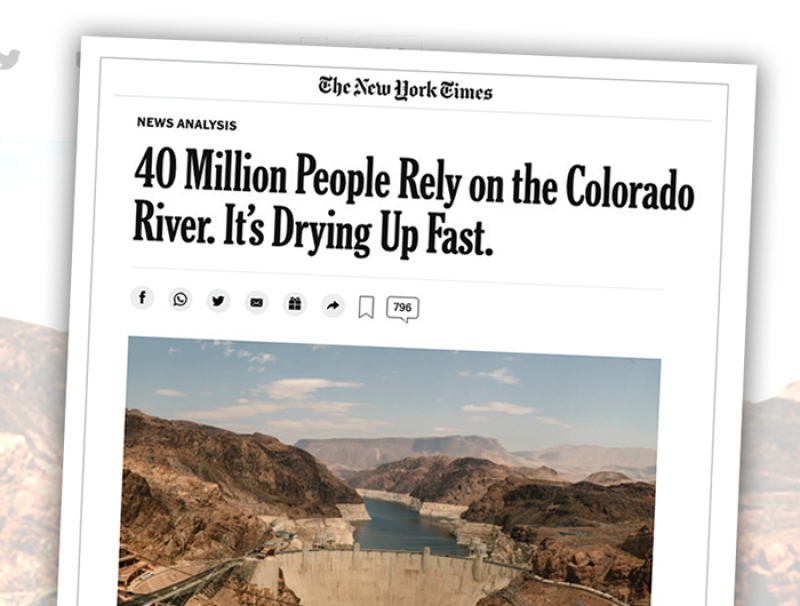Peter's Memo: Protecting our children’s planet
In early September, more than 230 health and medical journals worldwide simultaneously published the same editorial. Its title: “Call for emergency action to limit global temperature increases, restore biodiversity, and protect health.”
The editorial was blunt. “The science is unequivocal; a global increase of 1.5°C above the pre-industrial average and the continued loss of biodiversity risk catastrophic harm to health that will be impossible to reverse.”
And we’re already perilously close to that point. In August, the Intergovernmental Panel on Climate Change reported that the planet has heated by 1.1°C since 1900 due to human activity. Among the IPCC’s conclusions:
- A hotter planet is baked in. Global surface temperature will likely reach 1.5° C above 1900 levels by 2040, no matter what we do. Only deep cuts in emissions will keep us from topping 2° C by 2100.
- The “new normal” will get worse. Wildfires in California, flooding in the Northeast, heatwaves in the Northwest, hurricanes in the South, drought in the West—this summer was devastating enough. But even if we hold the line at 1.5°C, extreme weather events will be more intense and more frequent.
- No going back. Thanks to ocean warming, disappearing glaciers, and melting ice sheets in Greenland and Antarctica, average global sea levels will rise for at least 2,000 years, even if we hold the line at 1.5°C.
A hotter planet is a threat to our health. Extreme weather aside, excess heat is linked to dehydration, impaired kidney function, tropical infections, mental health problems, pregnancy complications, and heart and lung disease, noted the September editorial.

Excess heat, extreme weather, and depleted soils can also threaten food supplies, raising the risk of starvation in some regions.
While we can help cut greenhouse gas emissions by eating more plants and fewer animal foods, especially beef and dairy, changing our own diet isn’t enough.
Globally, livestock accounts for an estimated 15 percent of greenhouse gas emissions caused by humans. We also need to cut emissions from the transportation, power, and industrial sectors.
As a nation, we must invest in a safer, healthier future for our children and grandchildren by cutting net greenhouse gas emissions to zero by 2050. The price tag may be high, but the cost of doing anything less is far higher. How can we leave our kids with a planet headed for disaster?
“The greatest threat to global public health is the continued failure of world leaders to keep the global temperature rise below 1.5°C and to restore nature,” said the editorial.
“We, as editors of health journals, call for governments and other leaders to act, marking 2021 as the year that the world finally changes course.” I couldn’t agree more.
Peter G. Lurie, MD, MPH
President, Center for Science in the Public Interest
Topics
Continue reading this article with a NutritionAction subscription
Already a subscriber? Log in

